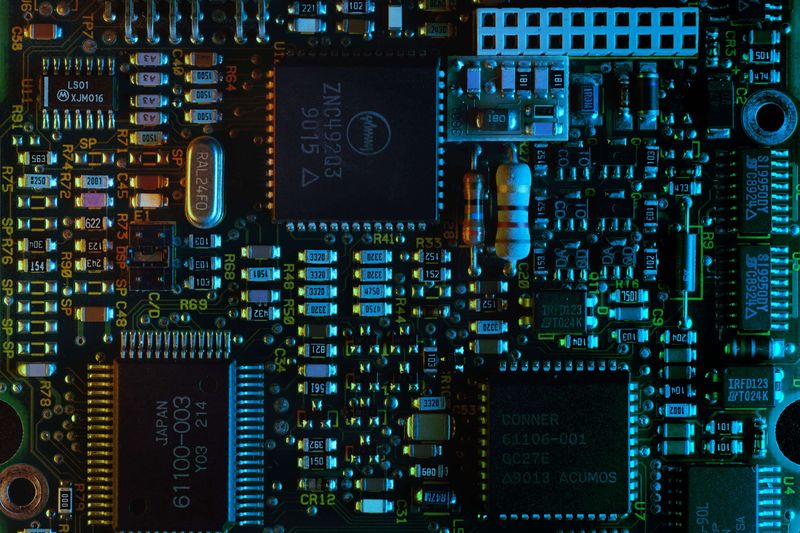
Quantum computing represents a paradigm shift in computational power, promising to solve complex problems currently intractable for classical computers. This revolution is underpinned by a multifaceted technological stack, requiring significant advancements across hardware, software, and algorithm development.
The full quantum computing stack

Riverlane’s visualization of the quantum computing stack elegantly illustrates the layered approach required to build and operate quantum computers. At the base lies the quantum hardware, comprising the physical qubits and the control systems necessary to manipulate them. These qubits, which can exist in superposition and entanglement, are the fundamental building blocks of quantum computation. Different qubit technologies, such as superconducting circuits, trapped ions, and photonic systems, are being actively explored, each with its own strengths and weaknesses regarding coherence, connectivity, and scalability. Controlling these qubits requires sophisticated electronics and cryogenic infrastructure to maintain the extremely low temperatures necessary for their operation.
Moving up the stack, we encounter the control software layer. This layer translates high-level instructions into precise control signals that govern the behavior of the qubits. It manages tasks such as pulse shaping, error correction, and measurement. The efficacy of this layer is crucial for achieving high-fidelity quantum operations. Developing robust and scalable control software is a significant challenge, as it must account for the unique characteristics of each qubit technology and the complex interactions between them.
Above the control software sits the quantum compilers and programming languages. These tools provide a more abstract way to program quantum computers, allowing developers to focus on algorithm design rather than the intricacies of qubit control. Quantum compilers translate high-level code into machine-executable instructions for the quantum hardware. Quantum programming languages, such as Qiskit, Cirq, and PennyLane, offer libraries and tools for designing, simulating, and executing quantum algorithms.
The next layer comprises the quantum algorithms themselves. This is where the true potential of quantum computing lies. Researchers are actively developing quantum algorithms for a wide range of applications, including drug discovery, materials science, financial modeling, and cryptography. Key algorithms like Shor’s algorithm for factoring large numbers and Grover’s algorithm for database searching demonstrate the potential for exponential speedups compared to classical algorithms. However, realizing these benefits requires significant advances in both hardware and software.
Finally, at the top of the stack, we find the applications. These are the real-world problems that quantum computers are expected to solve. The success of quantum computing will ultimately depend on its ability to deliver tangible benefits to these applications. While quantum computers are not yet ready to solve all problems, significant progress is being made in developing quantum algorithms and hardware that can tackle specific challenges more efficiently than classical computers.
Quantum Computing
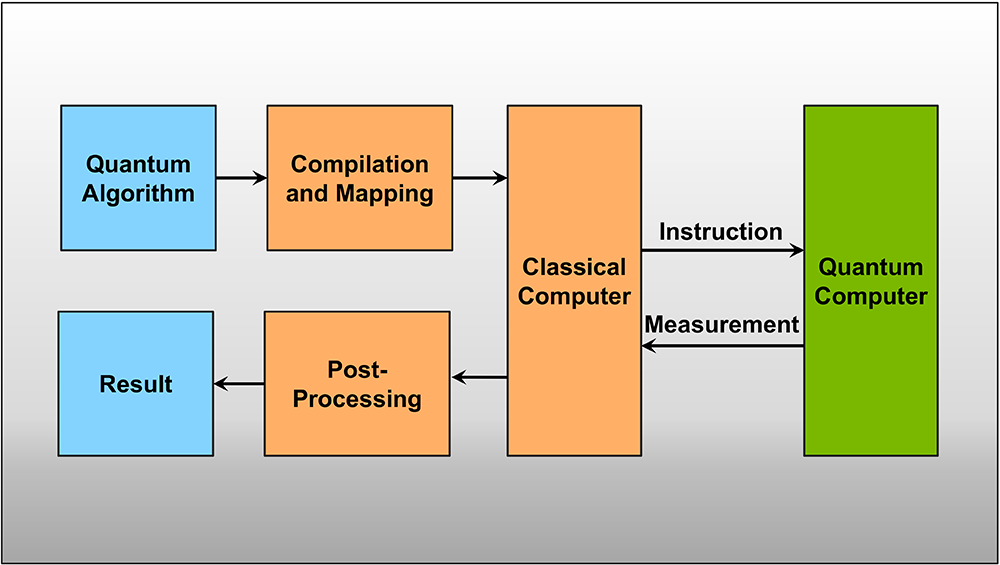
Argonne National Laboratory presents another perspective on the quantum software stack, emphasizing the modularity and interoperability of its components. This view focuses on the software aspect of quantum computing, breaking it down into distinct layers. Starting from the bottom, we have the Quantum Device Layer, which directly interacts with the quantum hardware. This layer provides the necessary interfaces and drivers for controlling and monitoring the qubits.
Building on top of this is the Quantum Control Layer, which handles the low-level control and calibration of the quantum devices. This layer is responsible for generating the precise control pulses needed to perform quantum operations. Error correction and fault tolerance techniques are often implemented at this level to mitigate the effects of noise and decoherence.
The Quantum Programming Layer provides higher-level programming abstractions for developing quantum algorithms. This layer includes quantum programming languages, compilers, and simulators. It allows developers to write code that is independent of the specific quantum hardware being used.
Above this sits the Quantum Application Layer, which focuses on developing specific applications that can benefit from quantum computing. This layer includes domain-specific libraries and tools for areas such as quantum chemistry, materials science, and optimization. It also encompasses the development of hybrid quantum-classical algorithms that leverage the strengths of both quantum and classical computers.
Ultimately, the ongoing development and integration across all layers of the quantum computing stack are crucial for realizing the full potential of this transformative technology. As hardware improves and software matures, quantum computers are poised to revolutionize various fields and drive new scientific discoveries.
If you are searching about Data Warehouse Example Diagram Quantum Computing Images you’ve came to the right page. We have 10 Pics about Data Warehouse Example Diagram Quantum Computing Images like Understanding the Software Stack in Quantum Computing | hellobanana, Understanding the Software Stack in Quantum Computing and also The full quantum computing stack – Riverlane. Here you go:
Data Warehouse Example Diagram Quantum Computing Images
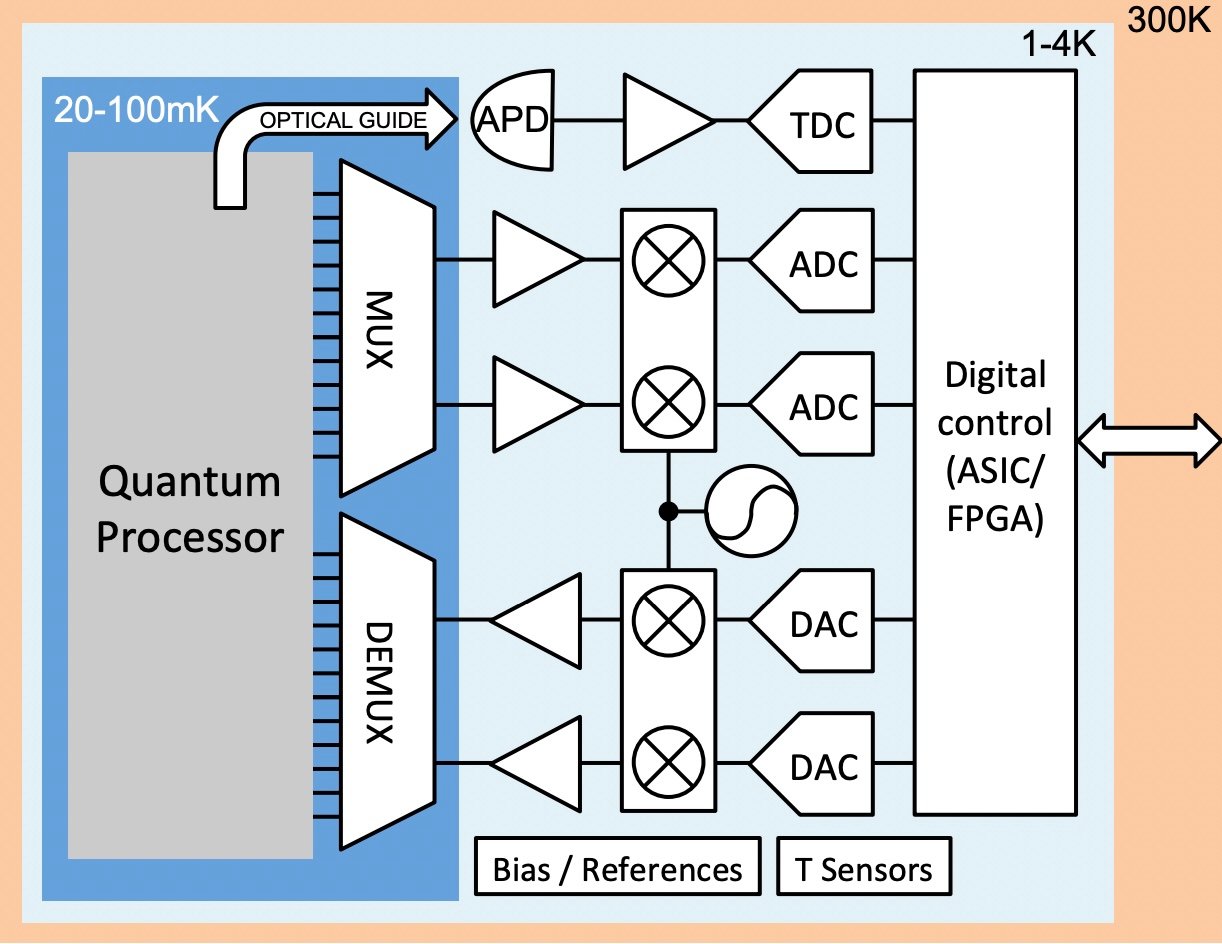
www.tpsearchtool.com
Quantum Computing | Argonne National Laboratory

www.anl.gov
quantum computing software stack
Understanding The Software Stack In Quantum Computing | Hellobanana

minimumviableparagraph.com
Understanding The Software Stack In Quantum Computing
www.linkedin.com
Layered Stack Architecture Of Quantum Computing Ppt Icon Tips PDF
![]()
www.slidegeeks.com
The Full Quantum Computing Stack – Riverlane

www.riverlane.com
The Full Quantum Computing Stack – Riverlane

www.riverlane.com
Layered Stack Architecture Of Quantum Computing Ppt Icon Samples PDF
![]()
www.slidegeeks.com
Software And Hardware Functional Elements Of The Quantum Computing
www.researchgate.net
The Quantum Stack – NQCC

www.nqcc.ac.uk
The full quantum computing stack. Quantum computing software stack. Data warehouse example diagram quantum computing images


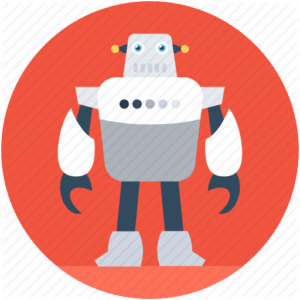

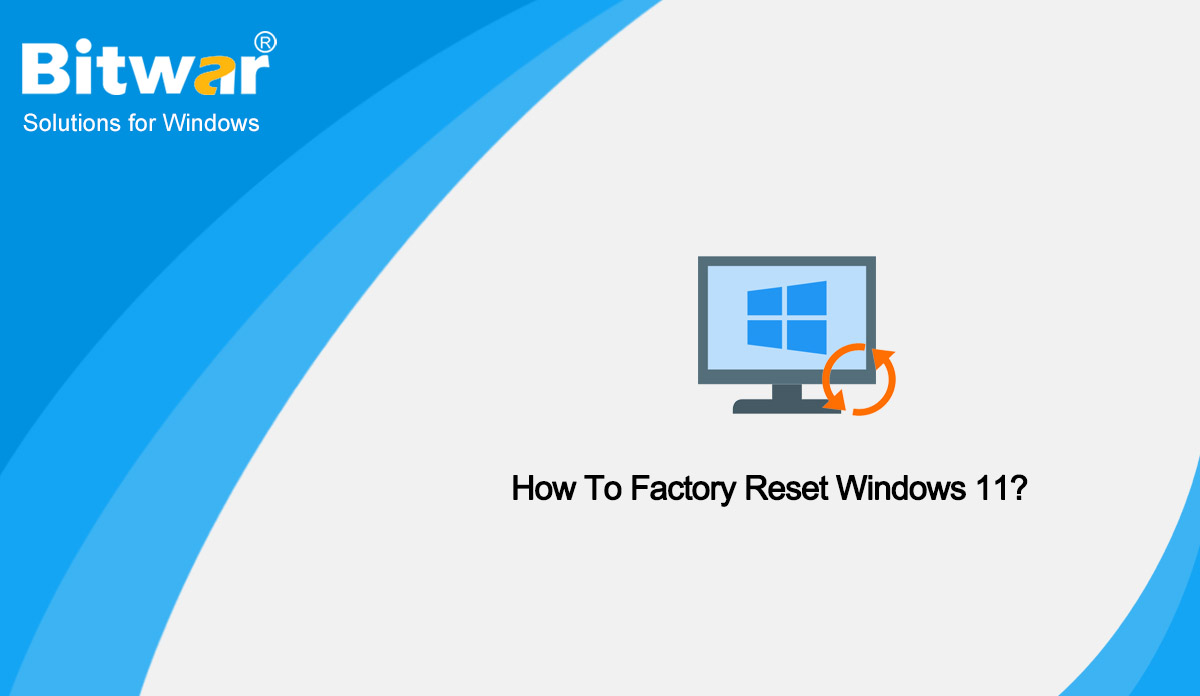
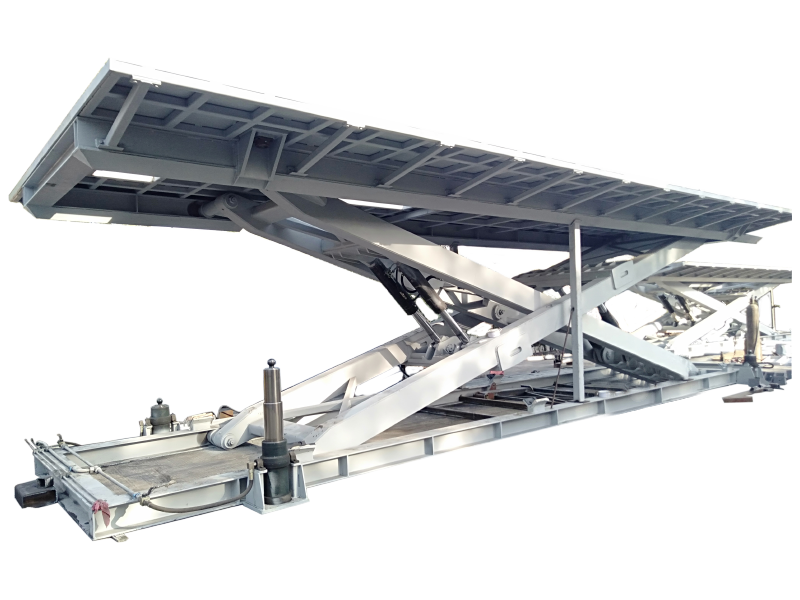


:max_bytes(150000):strip_icc()/008_how-to-factory-reset-a-lenovo-laptop-5115817-a67348722ce94f9783881ea29e596310.jpg)